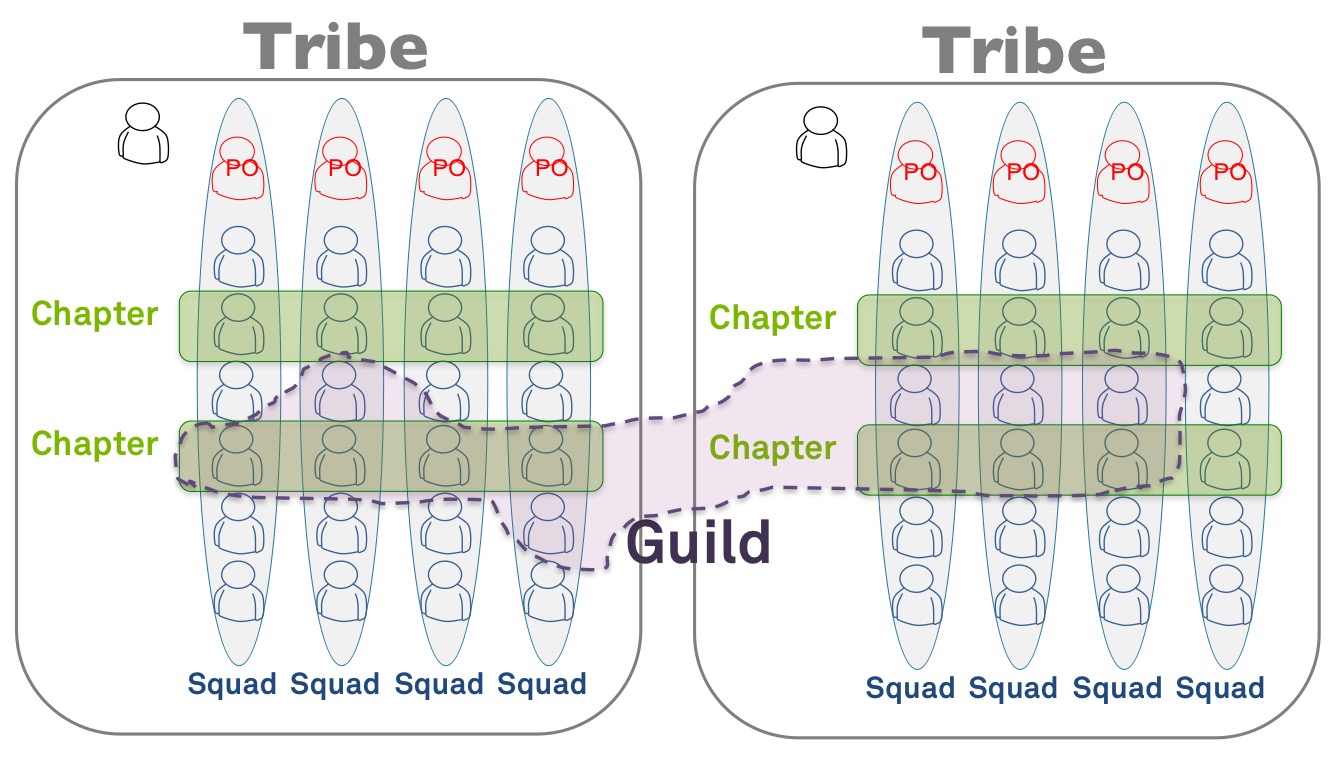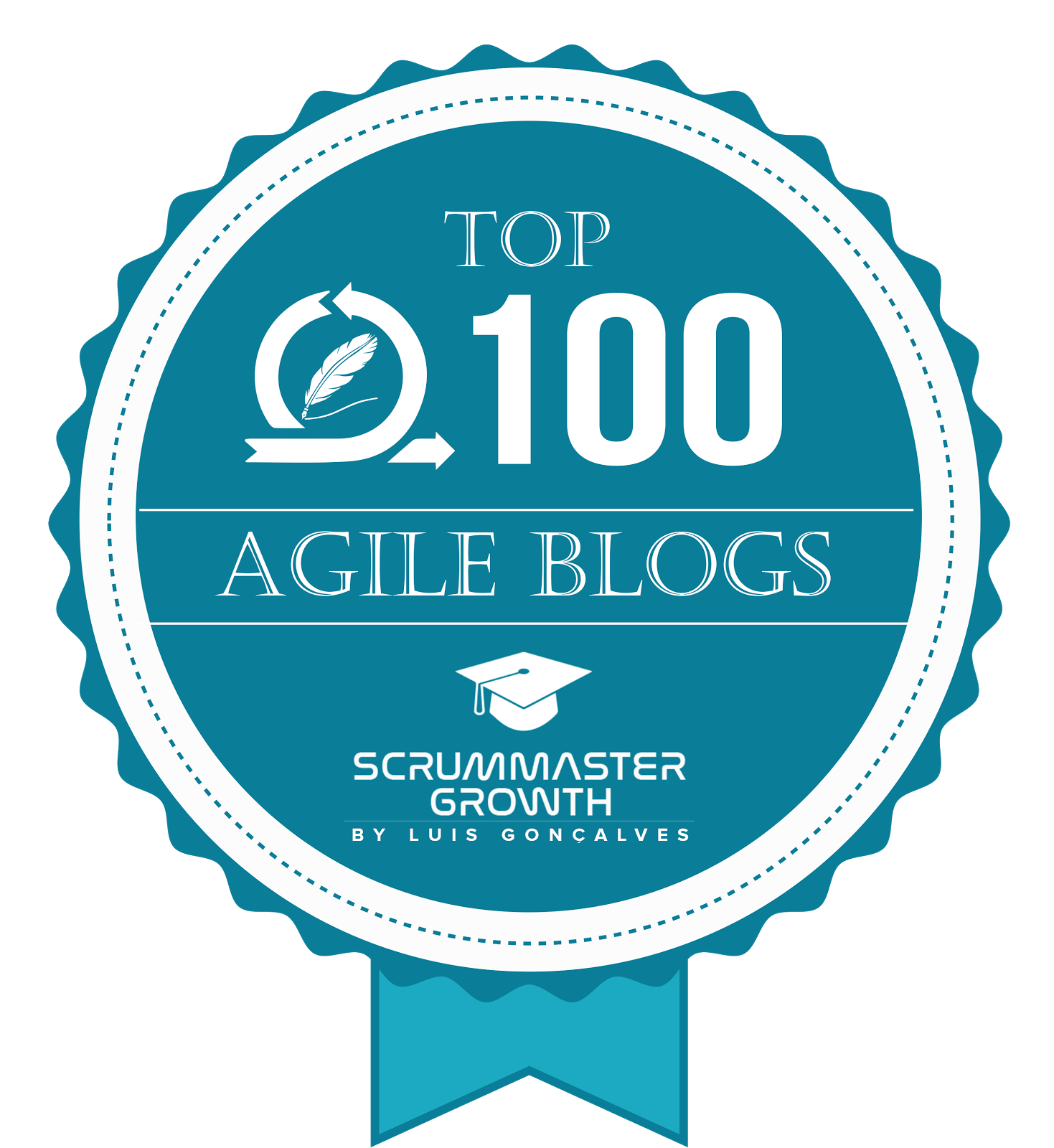- AI-Native Training
- SAFe Training
- Choose a Course
- Public Training Schedule
- SAFe Certifications
- Leading SAFe
- Implementing SAFe
- Advanced SAFe Practice Consultant
- Leading SAFe for Government
- SAFe Lean Portfolio Management
- SAFe Release Train Engineer
- SAFe for Hardware
- SAFe for Architects
- Agile Product Management
- SAFe Scrum Master
- Advanced Scrum Master
- SAFe DevOps
- SAFe Product Owner/Product Manager
- SAFe Agile Software Engineering
- SAFe for Teams
- SAFe Micro-credentials
- Agile HR Training
Will the Real SAFe Product Manager Please Stand Up
Having recently posted on The ART of Selecting SAFe Product Owners, I am now finding myself getting questions about the role of the SAFe Product Manager.
What is the role of the Product Manager in SAFe?
While all Product Managers focus on a similar set of functions, such as understanding customer needs and prioritizing Features, we find that the SAFe Product Manager role varies depending on the product(s), solution(s) or services(s) being delivered by the Agile Release Train (ART).
For ARTs delivering market-facing solutions, the Product Manager role will have a significant focus on market and customer research, pricing, packaging, licensing, and sales / Go-To-Market support. For an ART delivering to internal customers, the Product Manager role will likely be less concerned with these matters.
For the purposes of this blog, let's call them market-facing Product Managers and internal-facing Product Managers, respectively. In most cases, the people who will become Product Manager(s) for your ART(s) already have a related role, so this is rarely, if ever, a brand-new full-time role for an organisation.
What is the role of a market-facing Product Manager?
Market-facing Product Managers often work in the Product line of business. They probably already existed in the organisation prior to the introduction of SAFe. They are likely already commercially responsible for their product's performance in the market. They own the product strategy, the vision and the roadmap. They tend to be obsessed with the latest technologies and all new cool things the organisation has the potential to create to better serve their customers. They earn the respect of the train by knowing their product domain inside and out.

What is the role of an internal-facing Product Manager?
Internal-facing Product Managers are likely to be sourced from the part of the business that uses the ART’s solution. For example, an ART delivering a CRM solution might have a Product Manager from the Customer Service business unit, while an ART delivering an ERP might have a Product Manager from Finance.
The Product Manager becomes the voice of “the business” to the ART. They are responsible for articulating the vision and product roadmap and using these tools to inspire and align the ART teams. It is extremely valuable to have people in this role who know your business strategy and how the organisation works. (If you find yourself in a situation where a business application doesn’t have a natural fit with a line of business, you might find the Pipeline Services model useful.)
How does SAFe impact existing Product Managers?
Implementing SAFe will probably create an operational shift for existing Product Managers with the introduction of the Planning Interval (PI) cadence and all that it entails, including PI Planning, ART Sync, System Demo, Inspect & Adapt, Feature Disco, and so forth. If the organisation is not currently applying Agile Ways of Working, the Product Manager will also need to make adjustments in how they research and express requirements, likely moving away from Product Requirements Documents (PRDs) towards more Agile Product Management practices.
How is a SAFe Product Manager different to a SAFe Product Owner?
We like to think of the SAFe Product Manager as the "Chief Product Owner" for the Agile Release Train (ART). They provide leadership to the ART’s Product Owners. Sometimes, they are the line managers of the Product Owners, and sometimes, they are not. While there is no hard-and-fast rule here, it is common for Product Managers and Product Owners to come from the same line of business.
Product Managers and Product Owners as a team to advocate for the customer by keeping the ART focused on addressing customer needs and pain-points. The Product Manager(s) owns the overall strategy and vision, while the Product Owners work as part of the Agile Team on a day-to-day basis. The Product Manager and Product Owners will often form a Community of Practice (or Chapter) to aid in growing their combined expertise in Product Management.
This distinction is quite important in distributed teams, with the Product Manager typically physically collocated with their Business Owners and the Product Owners physically collocated with their Agile Teams. This can help in managing the challenges associated with managing multiple time zones.
What do I do if my ART has more than one Product?
You may have noticed that the SAFe Big Picture has an icon for Product Management rather than Product Manager; this reflects the possibility that an ART will have more than one Product Manager. If the ART covers multiple customer segments or multiple product lines, you may want to have a Product Manager for each. Should that happen, the Business Owners and Product Managers should agree on how the capacity of the train will be split between the segments or products.
If you happen to have a train with as many “products” as you do teams or thereabouts, this does not mean your ART should have a Product Manager for each. We would struggle to think of a scenario where more than three Product Managers make sense, and in most cases, one or two should suffice. If you do find yourself with four or more Product Managers, it might be worth revisiting the ART design. For example, one ‘large ART’ with 12 teams, three Product Managers, and four solutions would likely be more efficient as three ‘small ARTs’, two of which focus on a single solution and one that focuses on two solutions.
How do I know if I have the right Product Manager?
So, how do you know if you have the right Product Manager for your ART? They should be someone the Business Owners trust to make the right priority calls with respect to how the ART capacity is invested. Not that they make these calls in isolation, but they will, from time to time, need to make decisions on the fly. The Product Manager must be empowered by the Business Owners to make day-to-day decisions for the ART. For this to work, they also need to be in daily contact with the ART, which for us means attending a daily ART Sync.
















